Luxury Geometric Rugs for a Modern Home
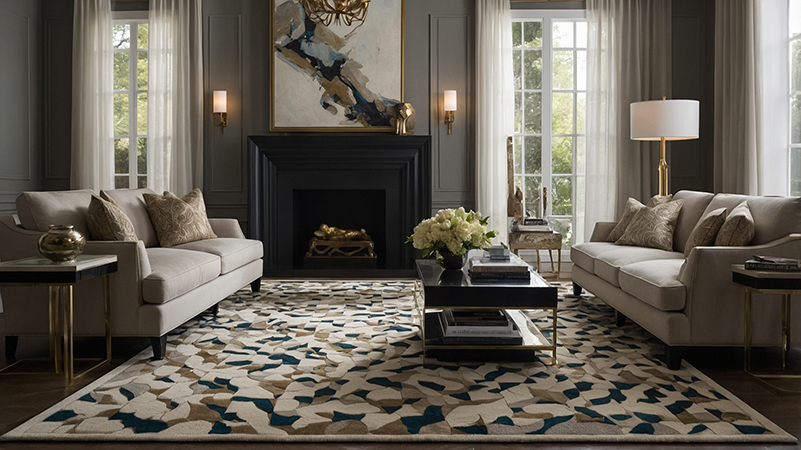
Contents
Preface
In the realm of modern interior design, where every element serves a purpose—both functional and aesthetic—few pieces hold as much transformative power as luxury geometric rugs. These aren’t mere floor coverings; they are the intersection of art and utility, capable of elevating a room from ordinary to extraordinary. A well-chosen geometric rug can anchor a space, inject personality, and even dictate the mood of those who inhabit it. Yet, navigating the world of luxury rugs—with its myriad sizes, materials, patterns, and styles—can feel overwhelming. This guide aims to demystify the process, offering actionable insights to help you select, style, and care for a rug that not only complements your modern home but becomes its defining feature.
Overview
Modern homes thrive on a design philosophy of “less is more, but more is intentional.” Clean lines, uncluttered spaces, and a balance of form and function are hallmarks of this aesthetic—and luxury geometric rugs fit seamlessly into this vision. Geometric patterns, with their roots in ancient art and modernist movements (think Mondrian’s bold grids or Bauhaus’s emphasis on symmetry), bring structure and timelessness to contemporary interiors. What sets luxury iterations apart is their commitment to quality: premium materials, meticulous craftsmanship, and attention to detail that ensures they endure both daily use and shifting design trends. Whether your home leans minimalist, eclectic, or industrial, a luxury geometric rug acts as a versatile canvas, tying together disparate elements and infusing the space with purpose.
1. Start with the Right Size
Choosing the correct size is the foundation of a well-styled rug. A misfit rug can disrupt a room’s harmony, while a properly sized one creates cohesion.
Room-Specific Guidelines
- Living Room:
- Ideal size: Large enough to fit under the front legs of sofas and chairs (or all legs, for a more unified look).
- Common dimensions: 240cm x 330cm for standard sofas; 300cm x 400cm for larger sectionals.
- Pro tip: Leave 30–50cm of bare floor between the rug and walls to frame the space.
- Dining Room:
- Must extend at least 60cm beyond the table on all sides to ensure chairs stay on the rug when pulled out.
- Example: A 180cm x 240cm table pairs best with a 300cm x 360cm rug.
- Bedroom:
- For a king/queen bed: Opt for a rug that extends 60–90cm on all sides, allowing soft footing on both sides and at the foot of the bed.
- For a twin bed: A 160cm x 230cm rug beside or under the bed works well.
- Other Spaces:
- Entryway: A 120cm x 180cm rug catches dirt without overwhelming the area.
- Home Office: A rug slightly larger than your desk chair’s range of motion (e.g., 160cm x 230cm) adds comfort without cramping the space.
Sizing Hack
Use painter’s tape to outline the rug’s dimensions on your floor before purchasing. This visual test helps avoid costly mistakes.
2. Choose the Right Material
Luxury is defined by material. The fabric of your rug impacts its feel, durability, and suitability for your lifestyle.
Top Materials for Luxury Geometric Rugs
- Wool:
- Benefits: Naturally stain-resistant, durable, and insulating. Wool fibers bounce back, resisting flattening in high-traffic areas.
- Varieties: New Zealand wool (soft and resilient) and Merino wool (ultra-fine, ideal for plush textures).
- Best for: Living rooms, hallways, and homes with kids/pets.
- Silk:
- Benefits: Luxuriously soft with a subtle sheen that enhances geometric patterns. Lightweight and drapey.
- Considerations: Delicate—avoid high-traffic areas. Requires professional cleaning.
- Best for: Bedrooms, reading nooks, or low-use sitting areas.
- Cotton:
- Benefits: Breathable, easy to clean (often machine-washable), and affordable compared to wool/silk.
- Limitations: Less durable; prone to wrinkling in high-traffic spots.
- Best for: Casual spaces like playrooms or kitchens (with a rug pad).
- Synthetic Blends:
- Types: Polyester (stain-resistant), nylon (durable), and viscose (mimics silk at a lower cost).
- Benefits: Budget-friendly and low-maintenance.
- Trade-off: Lack the natural warmth of wool/silk.
- Best for: Rental homes or high-mess areas (e.g., dining rooms with young kids).
Pile Height Matters
- Low-pile (≤1cm): Easy to clean; ideal for dining rooms or under furniture.
- Medium-pile (1–2cm): Balances comfort and practicality; great for living rooms.
- High-pile (≥2cm): Plush and cozy; perfect for bedrooms but harder to vacuum.
3. Play with Colours and Patterns
Geometric rugs thrive on boldness—but balance is key. Use color and pattern to complement, not compete with, your space.
Color Strategies
- Neutral Palettes:
- Shades: Greys, beiges, creams, and soft taupes.
- When to use: If your furniture or walls are bold (e.g., a red sofa or patterned wallpaper). They calm the space while letting other elements shine.
- Bold Accents:
- Colors: Jewel tones (emerald, sapphire), pastels (blush, mint), or high-contrast hues (black and white).
- When to use: In neutral rooms (white walls, beige sofas) to add energy. A geometric rug with pops of mustard or teal can instantly liven a minimalist space.
- Color Psychology:
- Cool tones (blue, green): Create calm in bedrooms or home offices.
- Warm tones (red, orange): Energize living rooms or dining areas.
Pattern Pairing
- Mixing Patterns:
- Rule: Stick to 1–2 dominant patterns (e.g., a large geometric rug + small striped pillows).
- Example: A black-and-white chevron rug pairs beautifully with floral curtains if both share a common accent color (e.g., gold).
- Scale Matters:
- Large geometric patterns (oversized triangles, bold grids) make small rooms feel larger.
- Small patterns (tiny diamonds, mini chevrons) add texture without overwhelming large spaces.
4. Layer Your Rugs
Layering adds depth and personality, turning a single rug into a design statement.
Layering Rules
- Base Rug:
- Choose a large, neutral rug (e.g., a 300cm x 400cm wool rug in beige) to anchor the space.
- Accent Rug:
- Place a smaller geometric rug (60–80% the size of the base) on top. For example, a 200cm x 300cm black-and-white hexagonal rug over a neutral base.
- Shape Contrast:
- Pair round geometric rugs with rectangular base rugs (e.g., a circular rug under a dining table on a rectangular living room rug).
- Try oval rugs over square bases to soften sharp corners.
- Seasonal Swaps:
- Winter: Layer a high-pile geometric rug over a flat-weave base for warmth.
- Summer: Swap for a lightweight cotton geometric rug over jute or sisal (natural textures).
5. Don’t Forget About Maintenance
A luxury rug is an investment—protect it with proper care.
Routine Care
- Vacuuming:
- High-traffic areas: 2–3 times weekly (use a low-suction setting to avoid damaging fibers).
- Low-traffic areas: Once weekly.
- Tip: Use a vacuum with a brush attachment for wool; avoid beater bars on silk/cotton.
- Rotation:
- Rotate rugs 180° every 3–6 months to ensure even wear, especially near doors or furniture legs.
Stain Handling
- Immediate Action: Blot spills with a clean, dry cloth (never rub—this pushes stains deeper).
- Specific Stains:
- Wine/coffee: Mix 1 part white vinegar with 2 parts water; dab gently, then blot dry.
- Pet accidents: Use an enzyme cleaner (avoid ammonia, which can attract pets back).
- Oil-based stains: Consult a professional—DIY cleaners may set the stain.
- Professional Cleaning:
- Wool: Annually.
- Silk: Every 1–2 years (look for cleaners specializing in delicate fabrics).
6. Use Rugs to Define Spaces
In open-concept homes, rugs act as “invisible walls,” separating zones without closing off the space.
Zone-Defining Tips
- Living Area:
- A large geometric rug under the sofa, coffee table, and accent chairs creates a cohesive seating zone. Ensure all furniture legs (or at least front legs) rest on the rug.
- Dining Area:
- A rug extending 60cm beyond the table’s edges ensures chairs stay on the rug when pulled out, preventing trips and defining the dining zone.
- Home Office:
- Place a geometric rug under your desk and chair to separate workspaces from living areas. Opt for low-pile rugs to avoid chair wheels getting stuck.
- Studio Apartments:
- Use two distinct geometric rugs: one for the sleeping area (softer, larger) and one for the living area (bold, patterned) to create “rooms” without walls.
7. Mix and Match Styles
Modern design thrives on eclecticism. Pair your geometric rug with contrasting styles for a dynamic look.
Style Combinations That Work
- Modern + Traditional:
- Pair a bold geometric rug (e.g., black-and-white chevron) with antique wooden furniture or a vintage chandelier. The rug adds edge, while traditional pieces ground the space.
- Minimalist + Eclectic:
- A minimalist room (white walls, sleek furniture) comes alive with a vibrant geometric rug (e.g., multicolored triangles). Add 1–2 eclectic accents (a retro radio, woven baskets) to tie it together.
- Industrial + Bohemian:
- An industrial space (exposed brick, metal furniture) softens with a plush geometric rug in warm tones (terracotta, mustard). Layer with bohemian elements: macramé wall hangings, potted plants.
- Mid-Century Modern:
- Complement iconic mid-century pieces (Eames chairs, tapered legs) with a geometric rug featuring retro patterns (atomic shapes, bold stripes) in muted greens or yellows.
8. Consider the Room’s Lighting
Lighting transforms how your rug’s colors and patterns are perceived—plan accordingly.
Lighting Types and Rug Choices
- Natural Light:
- South-facing rooms (bright, warm light): Bold colors (red, orange) pop; dark geometric patterns (navy, charcoal) add depth without fading.
- North-facing rooms (cool, indirect light): Opt for warm tones (beige, terracotta) to counteract coolness. Light geometric patterns (pastel grids) reflect light, brightening the space.
- Artificial Light:
- Warm white bulbs (2700K–3000K): Enhance reds, oranges, and yellows in geometric rugs—great for living rooms.
- Cool white bulbs (4000K–5000K): Bring out blues, greens, and grays—ideal for home offices.
- Accent Lighting:
- Place floor lamps or pendant lights above key areas of the rug to highlight geometric details (e.g., a chandelier over a dining rug’s center pattern).
9. Think About the Rug’s Shape
Geometric rugs aren’t limited to rectangles—unconventional shapes add intrigue.
Shape Guide
- Round Rugs:
- Best for: Softening angular rooms (e.g., square living rooms) or defining circular furniture (round dining tables). A 180cm round geometric rug works well under a 120cm round table.
- Oval Rugs:
- Ideal for: Long, narrow spaces (hallways, entryways) to visually widen the area. Pair with a rectangular sofa in a small living room to create flow.
- Hexagonal Rugs:
- Appeal: Unique and modern, with six sides that complement angular furniture (cube coffee tables, sharp-edged sofas).
- Size tip: A 150cm hexagon rug fits perfectly in reading nooks or as an accent in large rooms.
- Irregular Geometric Shapes:
- Options: Asymmetrical triangles, abstract polygons.
- Use: Focal points in minimalist rooms—let the shape be the statement.
10. Invest in Quality
Luxury rugs are built to last. Here’s how to identify a high-quality piece.
Quality Indicators
- Knots Per Square Inch (KPSI):
- Higher KPSI = finer craftsmanship. 100–200 KPSI is good; 300+ KPSI is premium (hand-knotted rugs often fall here).
- Craftsmanship:
- Hand-knotted: Each knot is tied by hand, ensuring durability and unique details (ideal for heirloom pieces).
- Hand-tufted: Faster to make but less durable than hand-knotted (good for mid-range budgets).
- Machine-made: Consistent patterns but less character (best for temporary use).
- Edge and Backing:
- Check for reinforced edges (no fraying) and a sturdy backing (prevents slipping and adds structure).
- Reviews and Brand Reputation:
- Trusted brands prioritize transparency—look for detailed product descriptions and customer photos. Seek out reviews mentioning longevity (“still looks new after 5 years”).
Conclusion
Luxury geometric rugs are more than decor—they are the soul of a modern home. By prioritizing size, material, and style, you can select a rug that not only fits your space but reflects your personality. Whether you layer a bold pattern over a neutral base, opt for a silk rug in a serene bedroom, or use a hexagonal rug to define an open-concept zone, the right rug transforms rooms into cohesive, inviting spaces.
Invest in quality, care for it properly, and let your geometric rug tell your home’s story—one bold line, shape, and texture at a time. Your modern home deserves nothing less.


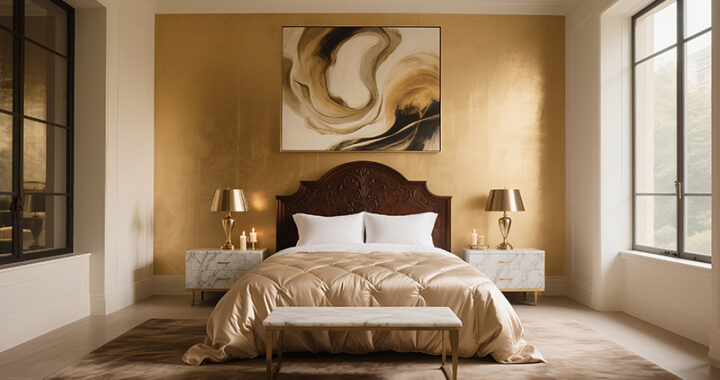 Home Decor Ideas to Make Your Home Feel Like a Luxury Hotel
Home Decor Ideas to Make Your Home Feel Like a Luxury Hotel 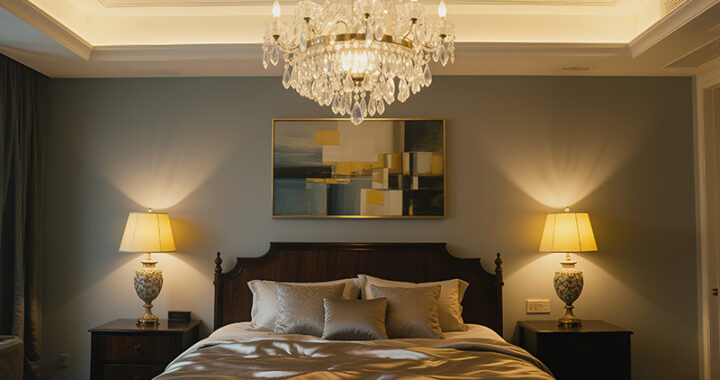 Best Luxury Accent Lighting for Every Room
Best Luxury Accent Lighting for Every Room 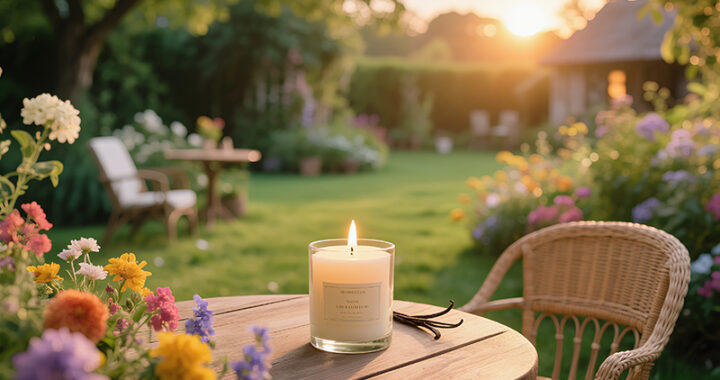 Best Luxury Candles for a Cozy and Elegant Home
Best Luxury Candles for a Cozy and Elegant Home 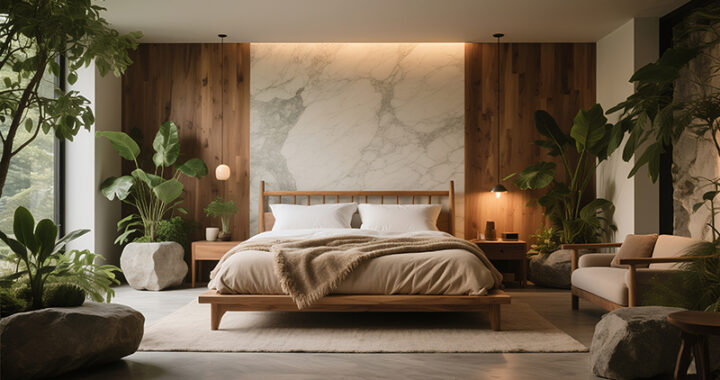 Best Luxury Bed Frames for a Stylish Bedroom
Best Luxury Bed Frames for a Stylish Bedroom 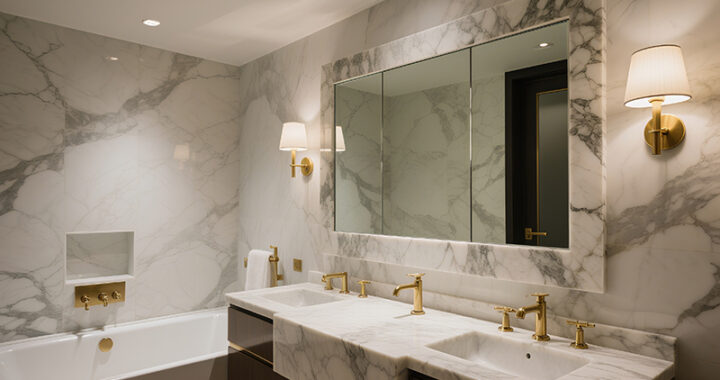 Best Luxury Bathroom Mirrors for a Stylish Touch
Best Luxury Bathroom Mirrors for a Stylish Touch 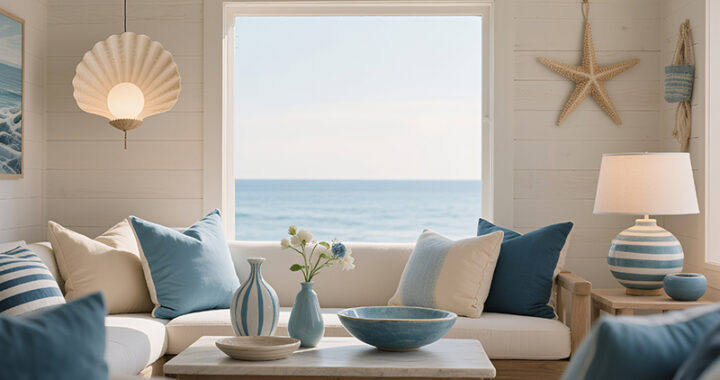 Luxury Coastal Home Decor Ideas: Elevate Your Beach House with Timeless Elegance
Luxury Coastal Home Decor Ideas: Elevate Your Beach House with Timeless Elegance